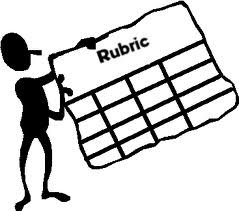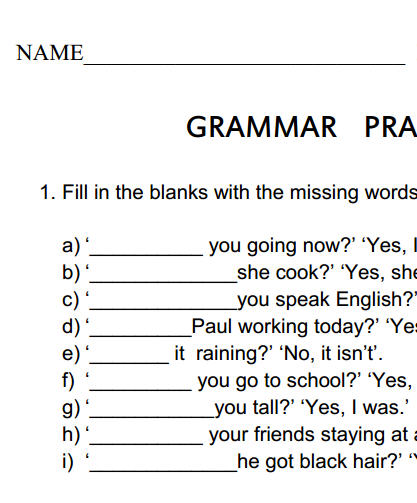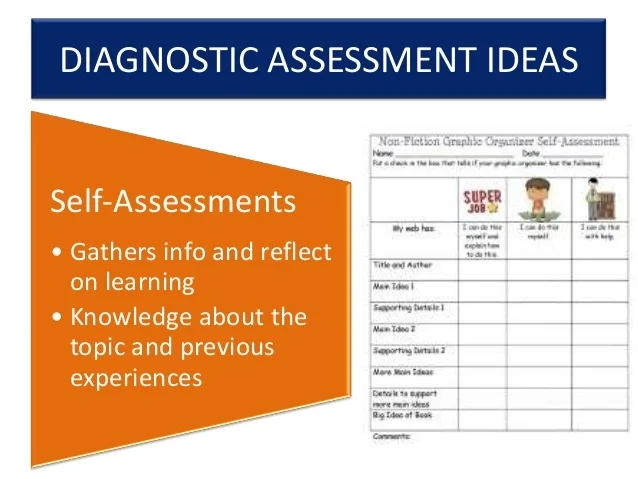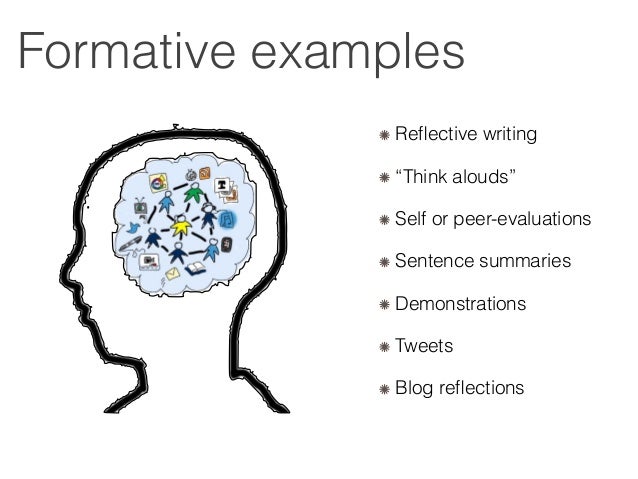- Summative assessment are used to evaluate the student's learning at the end of a course, semester, or school year.
- It is to determine the student's understanding in what they have learned and in what they have taught.
The Purpose of Summative Assessment
- Assist teachers to make judgement about student's achievement in the learning process at the end of a study.
- It can be used formally to measure the level of achievement of learning outcomes such as test, projects, or presentation.
- This assessment can also be used to judge teaching and learning methods if it's effective or not.

Examples of Summative Assessment
- Final exam

- Rubric

 |
| https://encrypted-tbn1.gstatic.com/images?q=tbn:ANd9GcSn9D5JPHU4o9vJlpXNCfRcuCYMxVU5US4W0bHJ68JICnwEqjca |
Reflection and Opinion on Summative Assessment
In my opinion, summative assessment are used for teachers to evaluate the students in what they have learned and gained. The students will sit for their final examination to assessed their understanding during the learning process. Also, summative assessment help the teachers to determine the teaching techniques effectiveness.
Moreover, summative assessment can help the teachers and schools to measure the students' progress throughout their learning process. Through this assessment, they can analyze the student's achievement.
Suggestions to improve Summative Assessment
- Teachers should balance the assessment, in order for better understand in learning. Teachers need to consider information about the products students create and test they take, observational notes, and reflections on the communication between teacher and student.
- Be clear to learning standard and targets.
- Get to know the students as they engage in learning process, so that teacher can adjust instruction to ensure that all students continue to achieve in their learning.
Reference :
https://www.amle.org/BrowsebyTopic/WhatsNew/WNDet/TabId/270/ArtMID/888/ArticleID/286/Formative-and-Summative-Assessments-in-the-Classroom.aspx
http://sydney.edu.au/education_social_work/groupwork/docs/TypesOfAssessment.pdf
http://edglossary.org/summative-assessment/




















